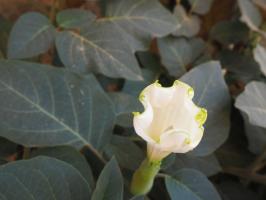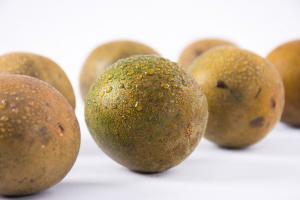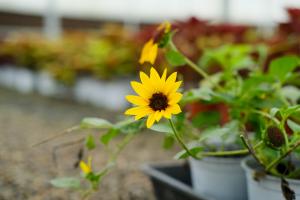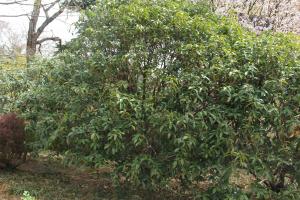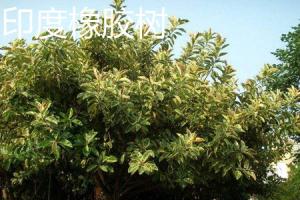Seeding method
Usually, each flower of Gerbera can bear 20 or 30 seeds, which can be sown in spring or autumn. Spring sowing is in March and may, and autumn sowing is in September and October
After the seeds are mature, they should be sown in pots. Due to the short service life of the seeds, they should not be stored for a long time. It is best to carry out artificial assisted pollination at the flowering stage. The seed germination rate is low, only about 50%. After sowing, cover it with paper to prevent direct sunlight. The temperature is 20-25 ℃, and germinate within about two weeks
Sixty or seventy days after sowing, when the seedlings have three or four true leaves, they can be transplanted into flowerpots or planted in the open field. If they can be cultivated in two or three months, they can see flowering
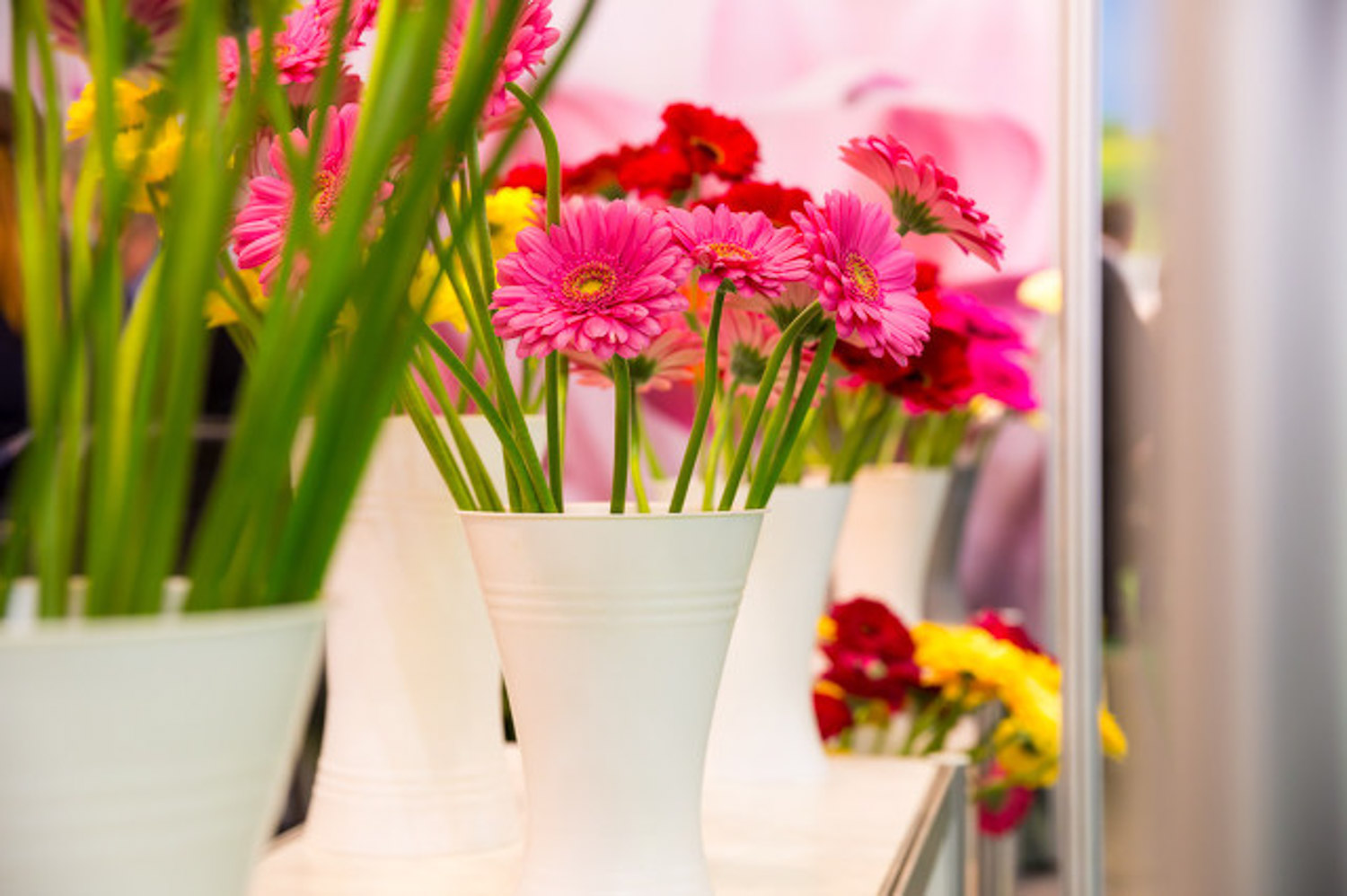
Ramet method
Ramet propagation is usually carried out in March and April
First dig out the mother plant and cut it into several sub plants. The sub plants must have buds and roots, and should not be too small. The pot should not be too deep. It is best to dig holes for planting every two plants, which is conducive to increasing the number of flowers
In case of drought during growth, it shall be watered fully. When watering, the center of leaf cluster shall not be wet and shall be kept dry, otherwise the flower buds are easy to rot
The optimum temperature for growth is 20-25 ℃ and above 12 ℃ in winter. Careful maintenance can produce flowers all year round
Often remove the exuberant and excessive outer leaves, which is conducive to the occurrence of new leaves and new flower buds, ventilation and continuous flowering
If sufficient sunshine is needed during growth, the pedicel is tall and straight and the flower color is gorgeous; The sun is insufficient, the leaves are thin and yellow, the pedicels are soft and thin, and the flowers are small and light in color

Test tube seedling method
If test tube seedling raising can be implemented in places with conditions, it will be more beneficial to accelerate the breeding and promotion of improved varieties
At present, the Netherlands, the United States, Japan, West Germany and other countries have successfully produced a large number of test tube seedlings by in vitro leaf culture, and then used soilless cultivation to produce flowers. Shanghai Garden Institute in China has also adopted tissue culture to reproduce a large number of Fu Lang flowers
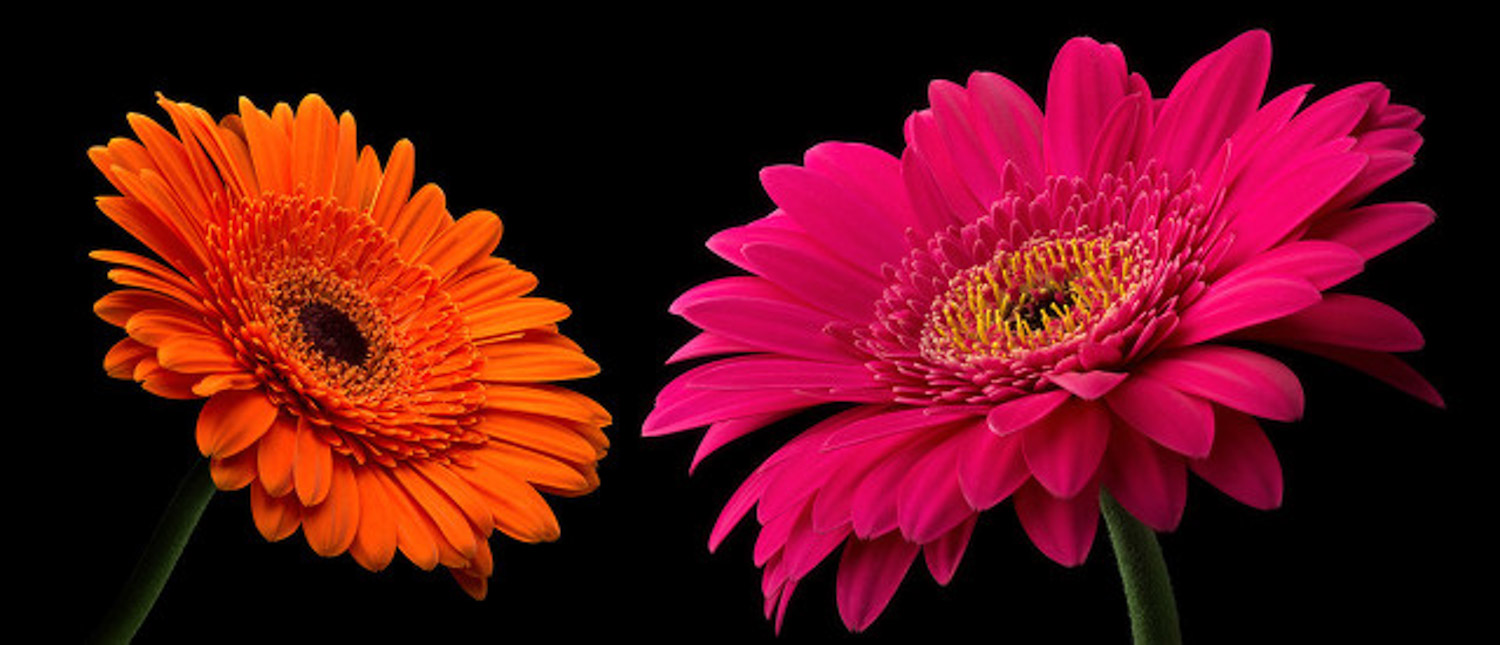

 how many times do yo...
how many times do yo... how many planted tre...
how many planted tre... how many pine trees ...
how many pine trees ... how many pecan trees...
how many pecan trees... how many plants comp...
how many plants comp... how many plants can ...
how many plants can ... how many plants and ...
how many plants and ... how many pepper plan...
how many pepper plan...
